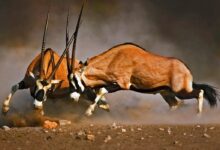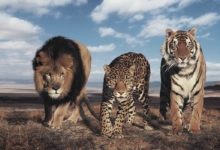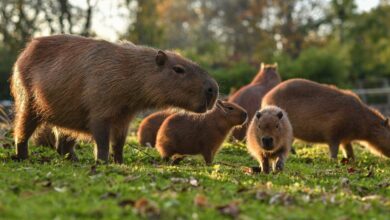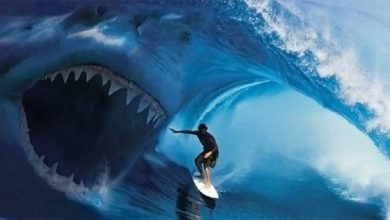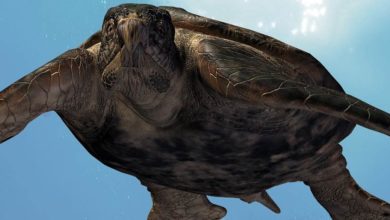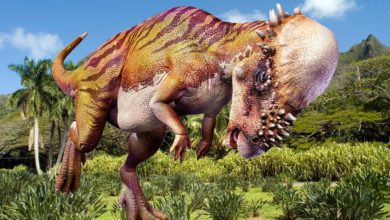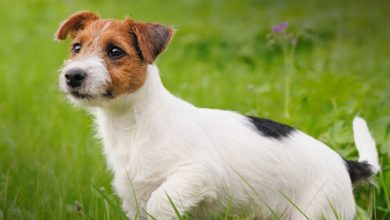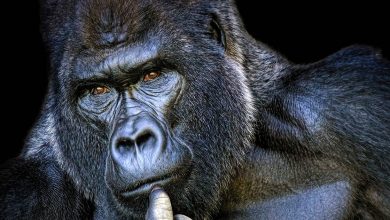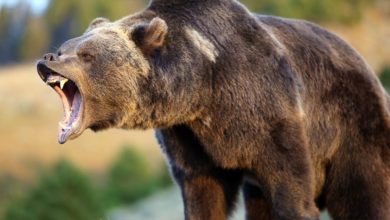Bengal cat
Wildness at heart and spontaneity spiced with a pinch of cat’s selfishness create an unusual mixture that was created from the crossing of a wild Asian leopard cat with a domestic cat. Who would like to have a little tiger at home :)? Bangal cat, next to Savannah cat, is another cross between domestic and wild cat. This time, however, the exotic parent is a spotted inhabitant of Asian forests, who is the size of a domestic cat. What personality arose from the fusion of two different species? We answer these and other questions in this article.
FIFe classification
- Category III: Short-haired and Somali Cats
- EMS code: BEN
- Other names: Bengal, leopardet
- Country of origin: USA
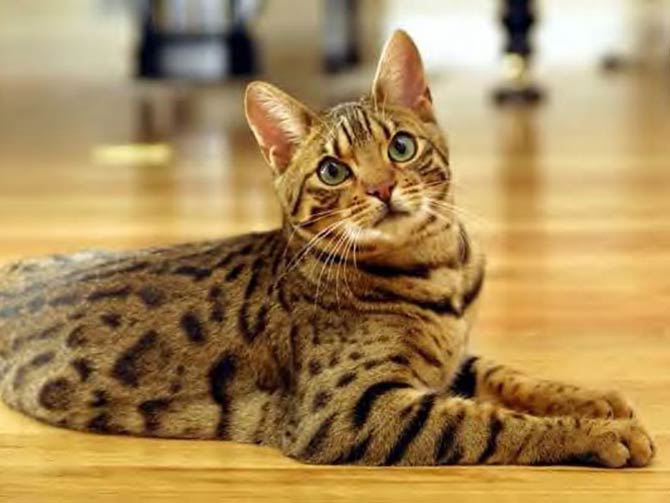
History of the breed
The earliest mention of a hybrid of a domestic cat with a wild leopard cat (Prionailurus bengalensis) dates back to 1889. However, the first confirmed information about this artificial cross dates back to 1934.
In the 1970s, regular breeding of this unusual breed began. Scientists have noticed that a hybrid of a domestic cat and a Bengal cat is very resistant to feline leukemia. This was one of the reasons for interspecies crossing. Jean Mill contributed to the registration of the breed – thanks to her it was registered by TICA in 1983.
Some of the first breeders of the new breed were Greg and Elizabeth Kent, who developed their own Bengal lineage. They used the Egyptian Mau cat when crossing breeds. This combination turned out to be very successful, and many modern representatives of the breed come from this breeding line.
Although over time, the leopard cat has become popular, not all felinological federations recognize it as a separate breed. CFA (The Cat Fanciers’ Association) – one of the largest international organizations – does not accept any hybrids, incl. a Bengal cat.
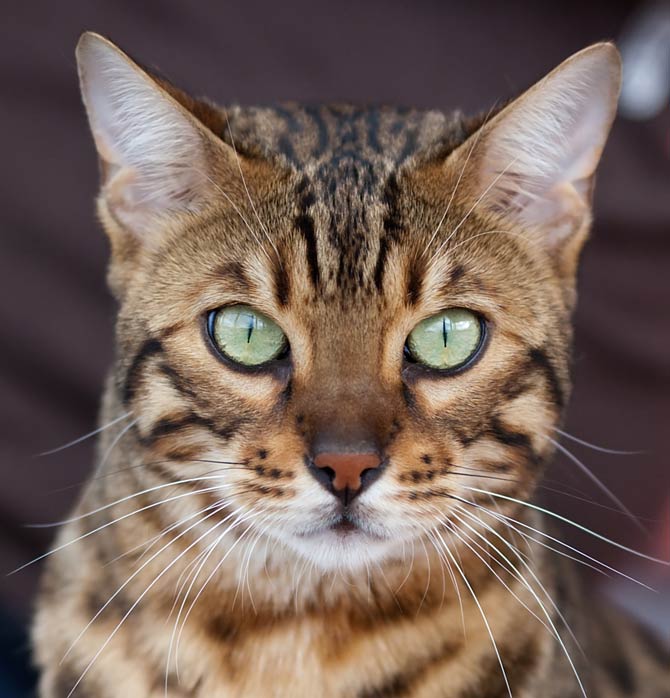
Characteristic
Appearance
The Bengal cat inherited the color from its wild ancestor, so it looks like a wild cat. There are large spots and rosettes on the coat; the belly is lighter than the rest of the body, and the silhouette is muscular. The characteristic rosettes appear only on the sides of the body and on the rump, while the rest of the area has welts (stripes). The eyes are dark-rimmed, and horizontal intertwining stripes are visible on the front legs.
Within the breed, the predominant color is brown spotted and white spotted, but there are other color variations. In brown specimens, marbled or just mottled markings are found. In the white variety, apart from spots, there are various shades of the iris, most often blue.

Long-haired variety
Long-haired individuals appeared within the breed from the very beginning. However, in order for a descendant of Bengal cats to have long hair, both the father and the mother must have it (because the recessive gene is responsible for this). However, such cats are castrated because, according to felinological classifications, they do not qualify as short-haired cats.
However, the NZCF (New Zealand Cat Fancy) organization went a step further, on August 21, 2013 granted the longhaired variety the “preliminary” status of a separate breed. According to the NZCF, it is referred to as Cashmere. So far, however, no other felinological federation recognizes it as a full-fledged breed of the domestic cat.

Temperament
The F1 (domestic and Bengal cat cross), F2 and F3 generations have the most traits after the wild relative. They have an unstable disposition, which is why living with them is very difficult. However, the greater the genetic distance from the wild leopard cat (Prionailurus bengalensis) (consecutive F numbers), the more gentle the character of the animal.
For the average cat lover, the F4 Bengal cat will be the most appropriate, where the wild features practically die out. Specimens of the F1-F3 generations are usually used for further breeding or are sold to zoos and people with suitable housing conditions.
Although it looks like a wild cat, it is a friendly, obedient and loving animal. Like other domestic cats, it is eager to play, sociable and lively, spiced with curiosity about the surroundings. He is not afraid of water, so he may often want to accompany its owners in the bath.
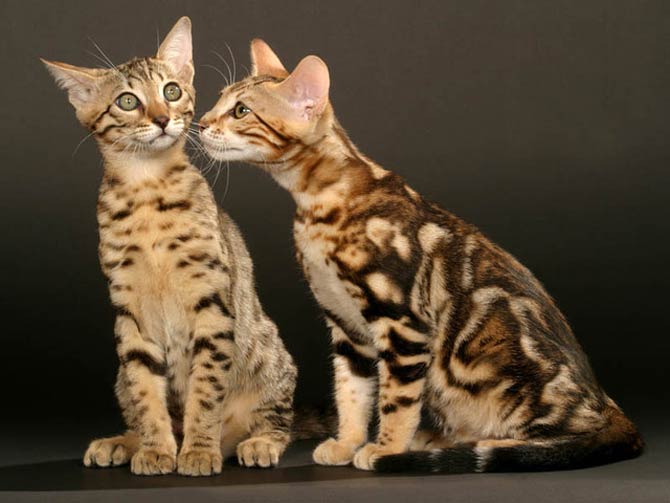
Detailed data / dimensions (size)
Bengal cat
- Height at the withers: 40 cm (16 in)
- Weight:
- males 4.5-6.8 kg / 10 – 15 lb (maximum 9-10 kg / 20 – 22 lb, but these are fat cats)
- females 3.6-5.4 kg / 8 – 12 lb
- Lifespan: 14-16 years

Bengal cat – interesting facts
- The first generations of male Bengal cats are sterile. Females, regardless of their generation, can reproduce. In males, fertility returns in later generations.
- Bengal likes shiny objects to the point that it can steal and hide them.
- Purebred Bengal can cost as much as $ 2,000, the next generations can cost $ 500-1,000.
- The Bengal cat learns great thanks to the clicker method.
- Because its coat resembles a miniature leopard, it is sometimes called a leopardet.



